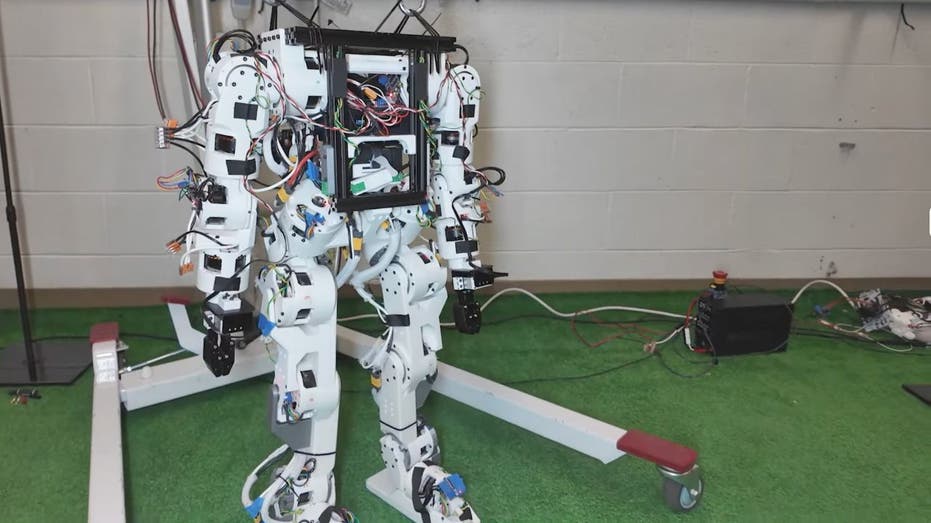In a groundbreaking move, the University of California, Berkeley has unveiled the Berkeley Humanoid Light (BHL), a lightweight, open-source humanoid robot designed to democratize access to robotics. This innovative project, announced earlier this week, aims to break down the traditional barriers of high costs and complex proprietary systems that have long hindered widespread engagement in robotics, particularly among students, hobbyists, and small research teams.
The BHL is a significant stride forward in making robotics more affordable and customizable. With the ability to be constructed using 3D-printed parts and readily available components, this robot represents a new era of accessibility in robotic design. The entire assembly can be completed for under $5,000, a fraction of the cost of most commercial humanoid robots.
Why Accessible Robot Design Matters
Historically, building a humanoid robot from scratch has required access to expensive equipment such as CNC machines and custom electronics, resources that are often out of reach for many aspiring roboticists. The Berkeley team sought to change this paradigm with the BHL project, which allows for a complete build using parts that can be ordered online and printed at home.
The BHL stands approximately 39 inches tall and weighs just over 35 pounds. It is powered by modular actuators equipped with 3D-printed cycloidal gearboxes, which distribute pressure across larger gear teeth, enhancing the durability and performance of the joints. This modularity allows builders to start small, testing individual components before progressing to full limbs and eventually the entire humanoid structure.
Inside Berkeley’s Open-Source Approach
Everything about the BHL robot is open source, from its hardware design to its control software and custom teleoperation system that utilizes SteamVR. This approach not only makes the robot easy to control and repair but also allows for endless customization. The open-source nature of the project has fostered a vibrant community of builders who share tips, upgrades, and complete builds on platforms like Discord and GitHub.
“The goal behind the BHL project was to create an accessible robot design that doesn’t require a massive budget or a fully equipped lab,” said a spokesperson from UC Berkeley.
This community-driven model exemplifies the power of accessible robot design, as it encourages collaboration and accelerates learning across the field of robotics.
The Broader Implications of the BHL Project
The release of the Berkeley Humanoid Light comes at a time when the robotics industry is rapidly evolving, with significant advancements in automation, healthcare, and research. However, the high costs and complexity associated with humanoid robots have often limited their use to well-funded institutions and corporations.
By providing a more accessible alternative, the BHL could potentially catalyze innovation across various sectors. Students and hobbyists now have the opportunity to experiment and innovate without the financial burden that typically accompanies such endeavors.
Expert Opinions and Future Prospects
According to robotics experts, the BHL project could pave the way for a new wave of innovation. Dr. Emily Chen, a robotics researcher at MIT, noted that “open-source projects like BHL are crucial for fostering a new generation of roboticists who can think creatively and work collaboratively.”
Moreover, the BHL’s affordability and modular design may inspire similar initiatives worldwide, further democratizing access to advanced technology and potentially leading to breakthroughs in fields ranging from education to healthcare.
Looking Ahead
The Berkeley Humanoid Light is more than just a robot; it is a symbol of what is possible when technology is made accessible to all. As the project continues to gain traction, it remains to be seen how it will influence the broader robotics landscape.
For those interested in diving into the world of humanoid robotics, the BHL offers a promising starting point. As the community around this project grows, it will undoubtedly lead to new innovations and applications, breaking down barriers and opening up new possibilities in the field of robotics.
Whether the BHL will fully dismantle the barriers to robotics innovation or if high costs and complexity will continue to be obstacles remains an open question. However, UC Berkeley’s initiative is a hopeful step toward a more inclusive future in technology.
